In this video I will show you how you can detect exoplanets with the cheapest possible equipment.
The exoplanet I'm going to detect is called HD 189733 b. Its star has an apparent magnitude of 7.7 and the exoplanet produces a drop of 2.8% during almost 2 hours.
I used a tele-photo lens (the Pentacon 135 mm f 2.8), a CMOS camera (ZWO ASI 120 MM) and an equatorial mount (Skywatcher EQ3-2)
I also have a dual-axis motor drive, but a simple one that only controls the right ascension would be enough.
I bought most of the items second-hand from Ebay and I spent around 300 euros.
To set up the tele-photo lens and the camera I have a couple of guide rings and in order to focus the tele-photo lens, I have to separate it 33 mm from the camera by using for example 2 M42 extension rings, one of them 28 mm long and the other one 5 mm.
Step 1: Find When Is the Exoplanet Going to Transit the Star
You will find this information in the Exoplanet Transit Database (ETD).
Step 2: Take for Example 5-Second Exposures with a Gain of 1 for 3 Hours
You can take the photographs with the program that came with the camera, which is called SharpCap.
Step 3: Once the Transit Has Finished, Perform Multi-Aperture Photometry
With a program called 'AstroImageJ' open all the images, select the target star and for example a couple of reference stars, and perform multi-aperture photometry to detect the light curve.
I think it is better explained with a video:



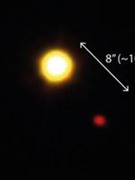






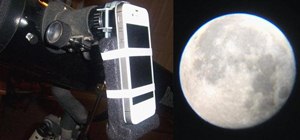



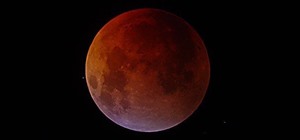

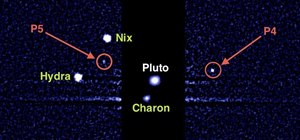





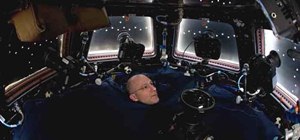



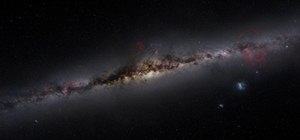


Be the First to Respond
Share Your Thoughts